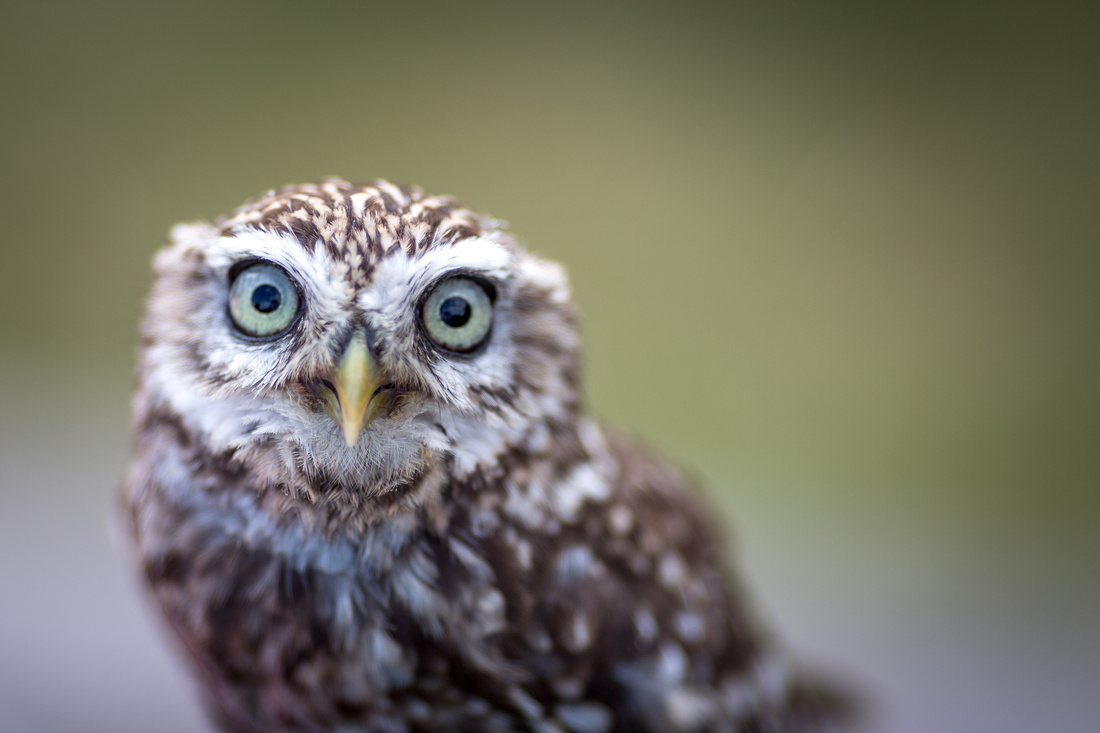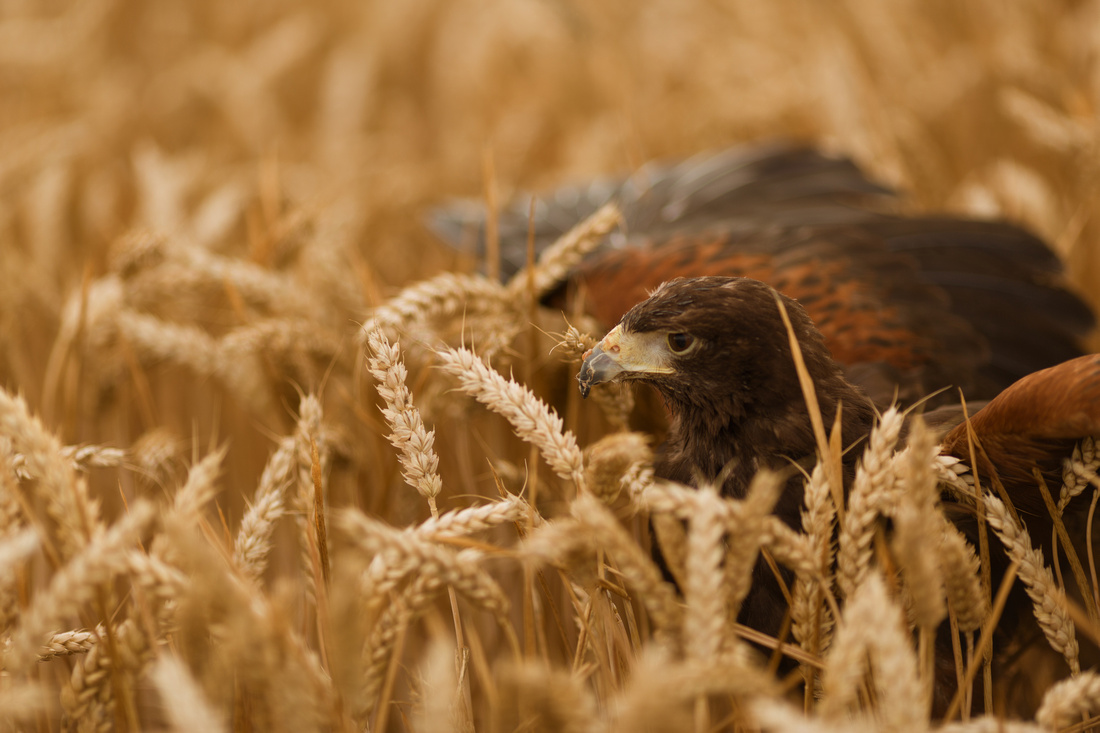Tips for taking sharp photos of birds in flight.
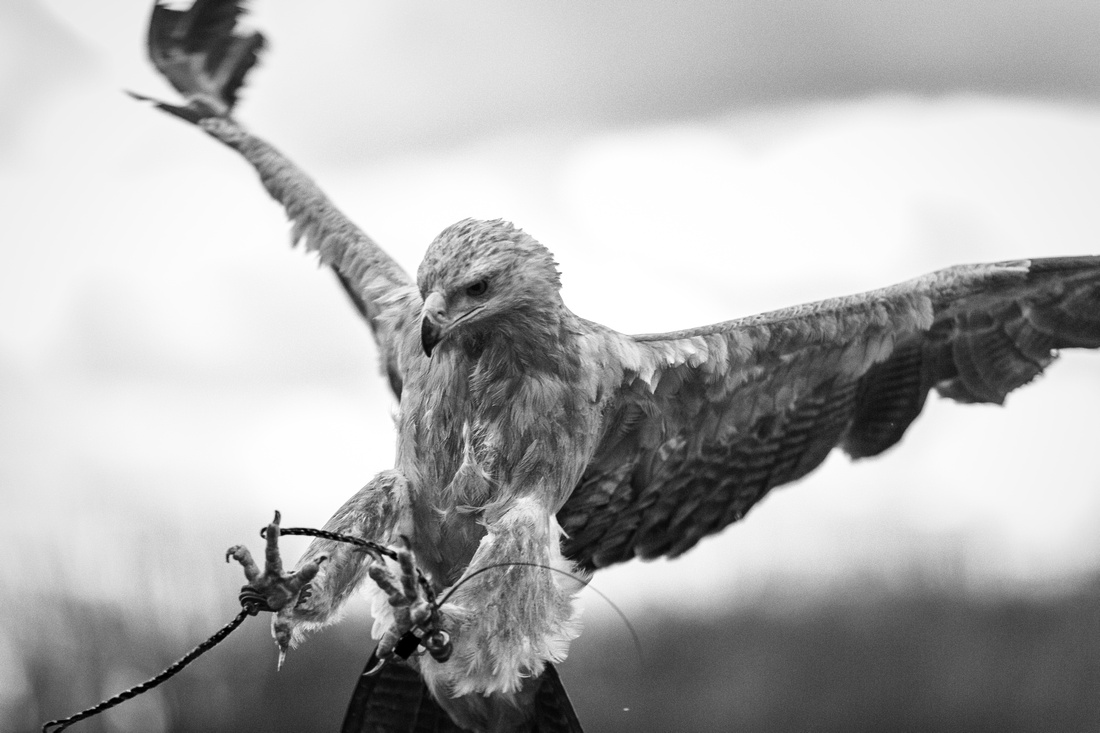

One of the major challenges I faced as a fledgling photographer was taking a sharp image of a bird in flight and If I managed this almost impossible task I would usually have a bin or someone's head in the background making it unclear as to the subject of the photo or worse still the bird would be so small that I would have to crop the image to within an inch of it's life in my attempt to save the photo. My other frustration came from not being able to nail the focus on the bird in time as the pesky little winged tormentor would fly past me at speed without registering on my camera's sensor. If this sounds familiar and you would like some pointers on how to push the balance in your favour then I have some tips for capturing sharp images of birds in flight.
Use the right settings
This may seem like common sense but have you checked that your shutter speeds match the speed of the bird and the focal length you are using to ensure that you are getting a sharp image. In general I would say you are safe with shutter speeds of 1/1000 for most birds and depending on the focal length this will cover you in terms of eliminating camera shake. The rule of thumb being that your shutter speed should be 1/focal length. I tend to shoot with a 200mm prime lens therefore my shutter speed with the lens on the camera should always be at least 1/200 regardless of my subject to avoid camera shake. It will of course need to be significantly faster than this to catch a bird in flight.
Your camera should have a continuous focussing mode on Canon, which I shoot with, this is called AI Servo and is called AF-C (Continuous focusing) on Nikon. This focusing mode ensures that the camera will keep hunting for focus which is especially useful for moving subjects such as birds in flight. In order to take advantage of this mode you will need to keep the focusing button held down to maintain focus.
I would also recommend that you use single point focus and aim this single point at the bird in order to achieve a sharp focus, this works better than multi point focus which can end up focusing on clouds, bins, benches, cars or anything other than the bird.
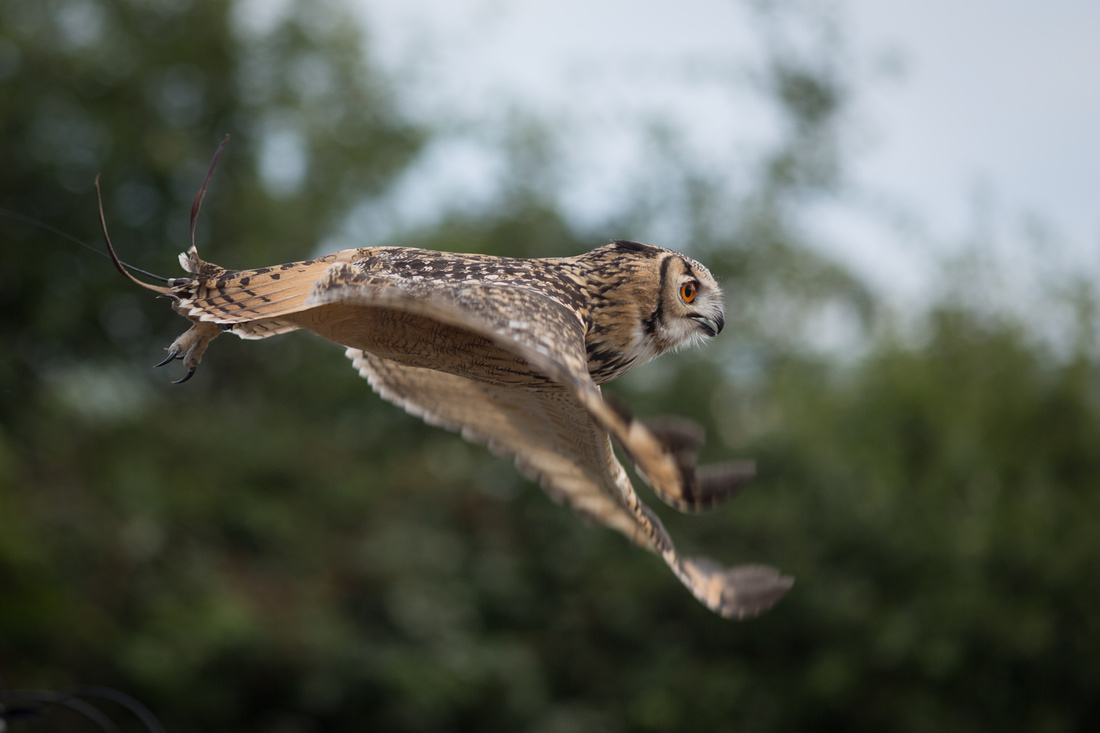

Not all lenes or cameras are created equal
Photographers spend a lot of money on the latest cameras and lenses sometimes this is not necessary however, when it comes to fast auto focus every little helps. I would recommend using a long lens 200mm upwards to increase your chance of getting close up shots of birds in flight. It goes without saying that if your camera has a superior auto focus system and a great lens that focuses with ease you're going to have a much better chance of getting the shot. This does not mean that without this combination you can't achieve just as good photos although you need to be aware of the limitations of your equipment.
In order to make it easier for yourself it is good to know that every camera's auto focus system works faster when the subject is moving across the photographer's line of sight rather than towards them. Therefore it helps to know that if you position yourself perpendicular to the bird you are going to have a better chance of capturing a sharp image. Once you have nailed this try experimenting with different angles to learn what the limits of your particular camera and lens are.
Not all birds are created equal
It goes without saying that the faster the bird the greater the challenge in getting the shot you want. I would recommend trying to capture photos of seagulls when next at the beach, they are larger birds that tend to hover making it easier to focus on them. The more difficult birds tend to be their smaller faster counter parts however, even the fastest birds in the world can be captured using strategy. For example, below is a photo of a falcon this particular falcon will shortly attempt a world record for the fastest bird in flight and it is estimated that he will reach speeds of over 200mph. In order to capture a sharp image I watched the falcon's flight path and noted periods when the falcon slowed to give me a chance to capture the image. I noted that when the falcon changed direction he would soar into the sky and turn to come back down at this point he would come to a brief stop in mid-air before speeding up again providing the perfect opportunity to capture him in flight.
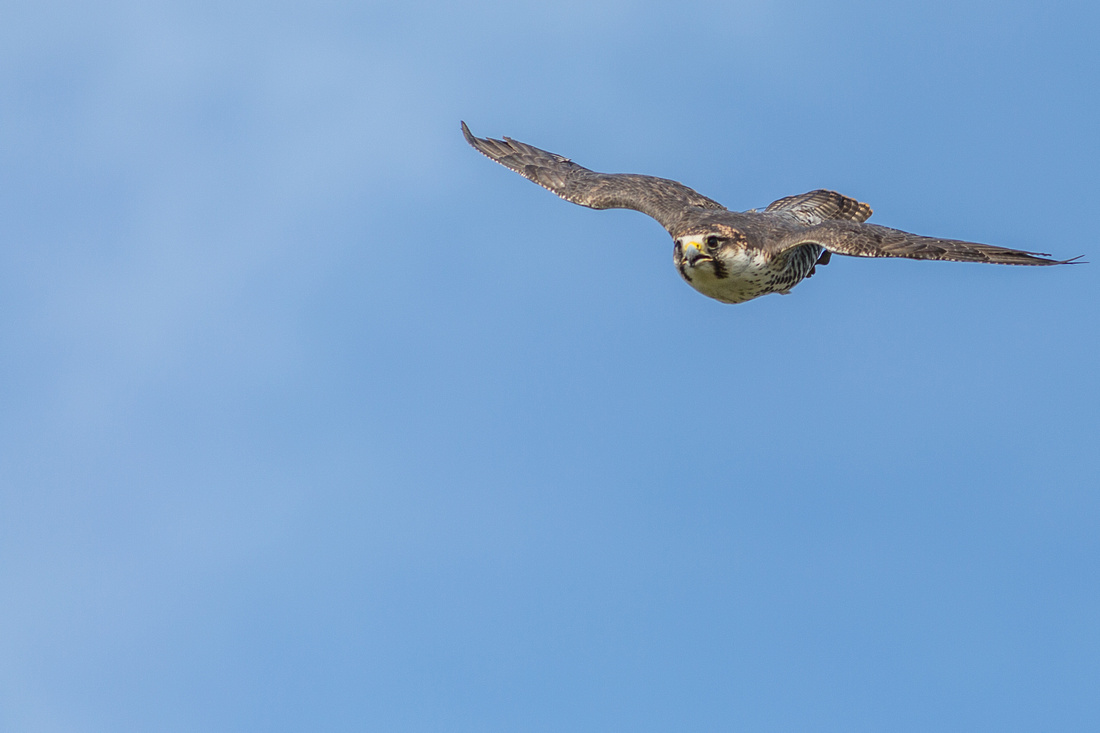

More focus
Having more of the photo in focus would also tip the balance in your favour this could be achieved by decreasing your aperture (raising your f stop number) to f8 or higher this will ensure that more of the photo is in focus, eliminating the need to fine tune the focus area creating more chance that the bird will be in focus. The downside of this method is that you will have a slower shutter speed at the same ISO so you may need to raise the ISO to achieve a desirable shutter speed. If possible wider apertures are great way to achieve faster shutter speeds.
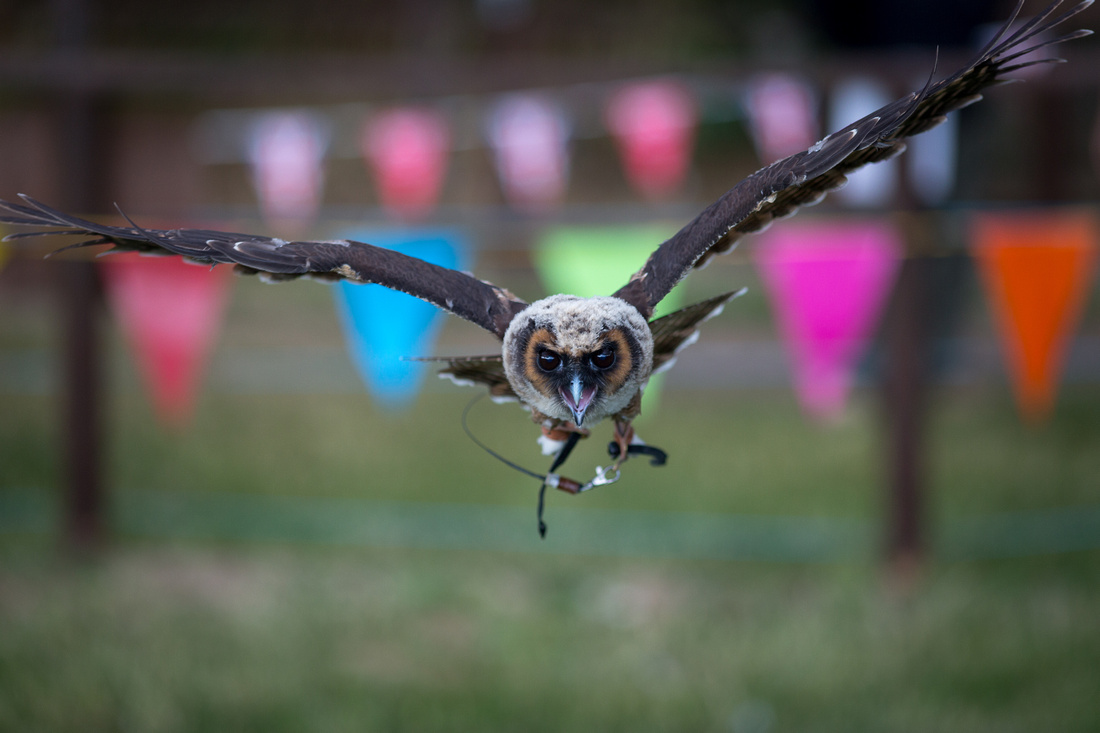

If all else fails, you can always wait for the opportunity to take a shot when the bird is not in flight and remember practice makes perfect.
